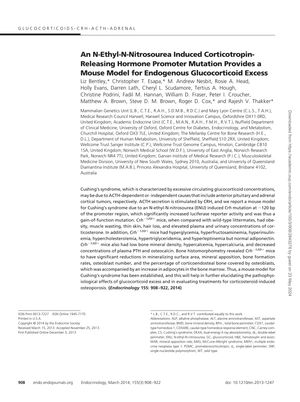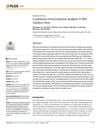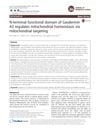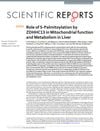An N-Ethyl-N-Nitrosourea Induced Corticotropin-Releasing Hormone Promoter Mutation Provides a Mouse Model for Endogenous Glucocorticoid Excess
December 2013
in “
Endocrinology
”

TLDR Researchers created a mouse model for Cushing's syndrome to study glucocorticoid excess and potential treatments.
Researchers developed a mouse model for Cushing's syndrome using an N-ethyl-N-nitrosourea (ENU) induced mutation in the corticotropin-releasing hormone (Crh) promoter region, resulting in a gain-of-function mutation. Crh(-120/+) mice exhibited symptoms such as obesity, muscle wasting, thin skin, hair loss, and elevated corticosterone levels. They also showed metabolic disturbances including hyperglycemia, hyperinsulinemia, and hyperlipidemia, along with low bone mineral density and increased bone marrow adipocytes. This model provided insights into the pathophysiological effects of glucocorticoid excess and could aid in evaluating treatments for corticosteroid-induced osteoporosis.





